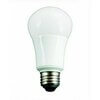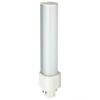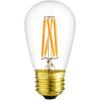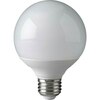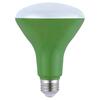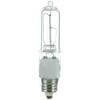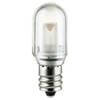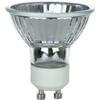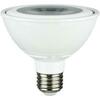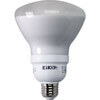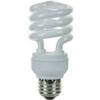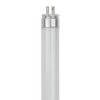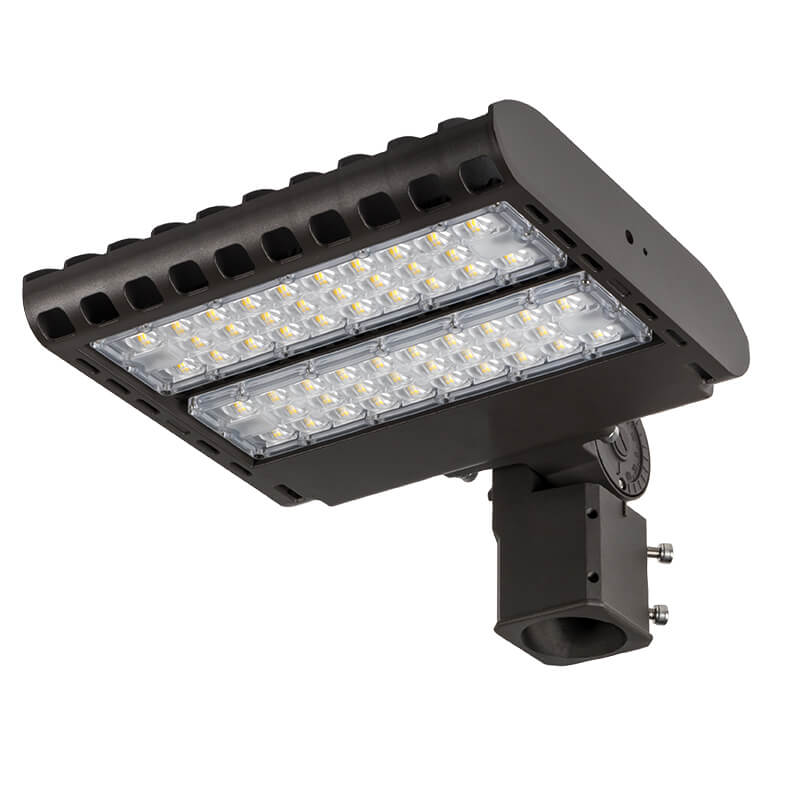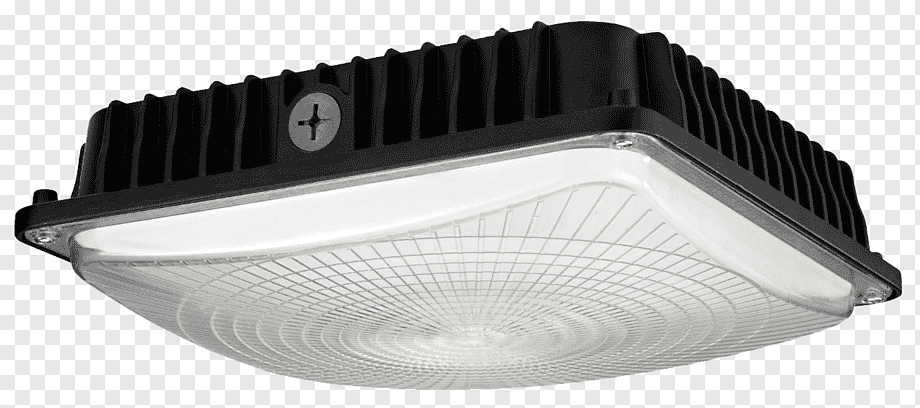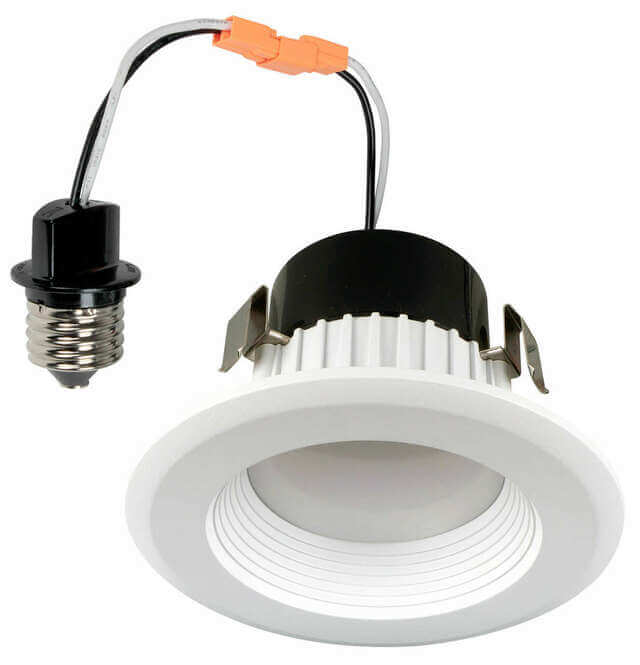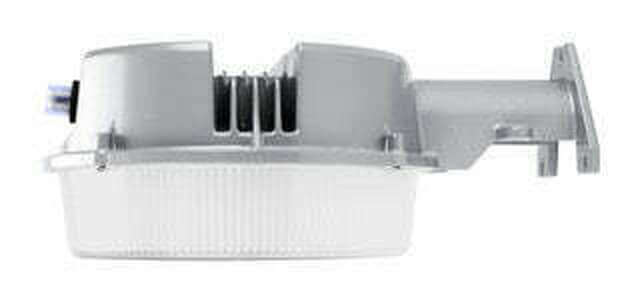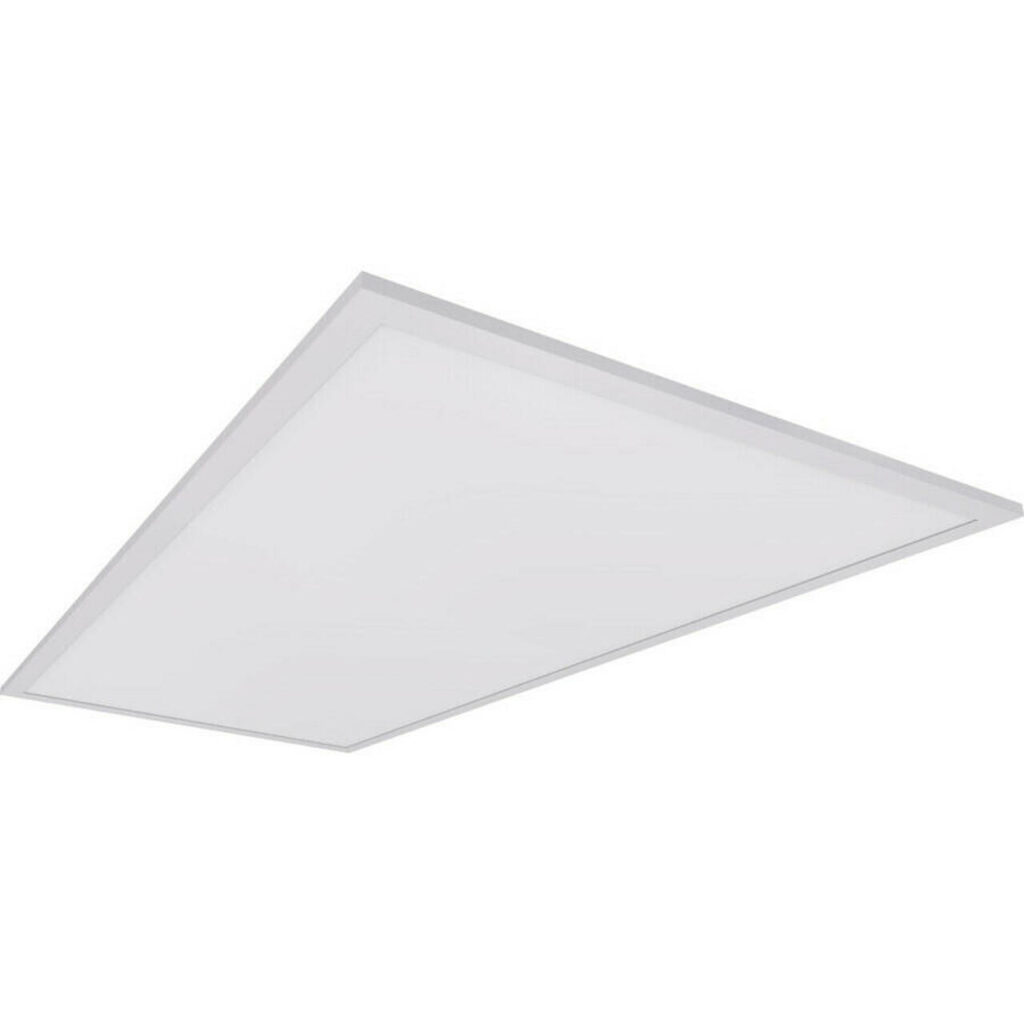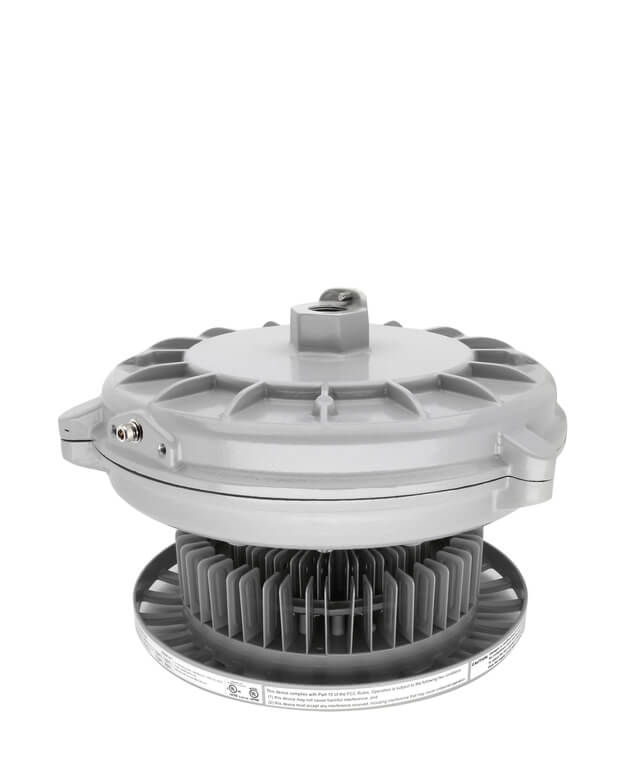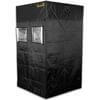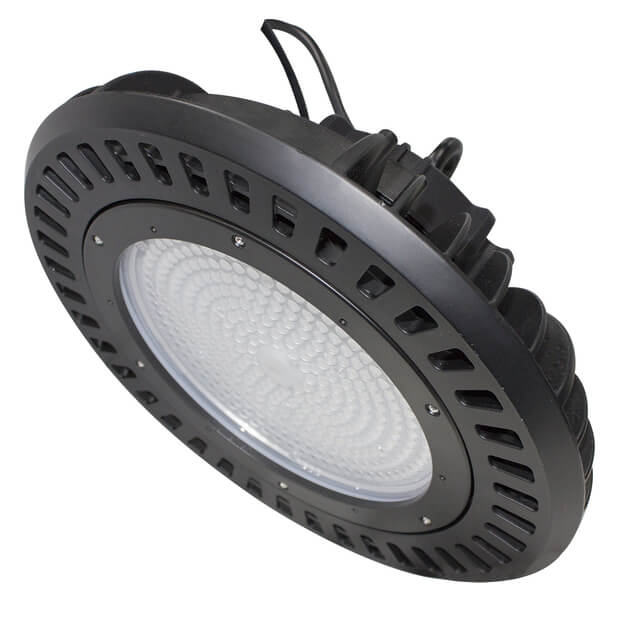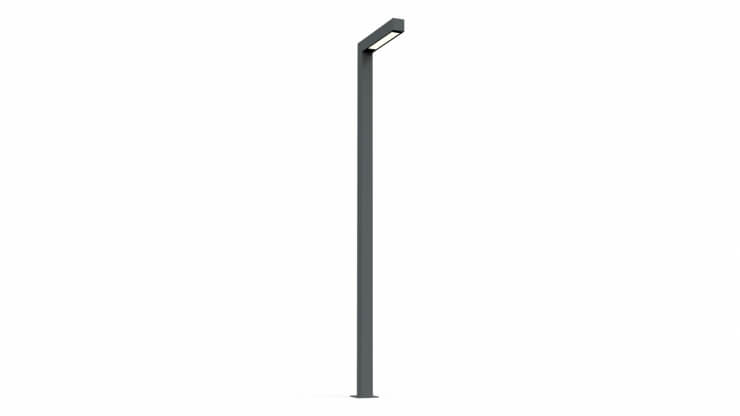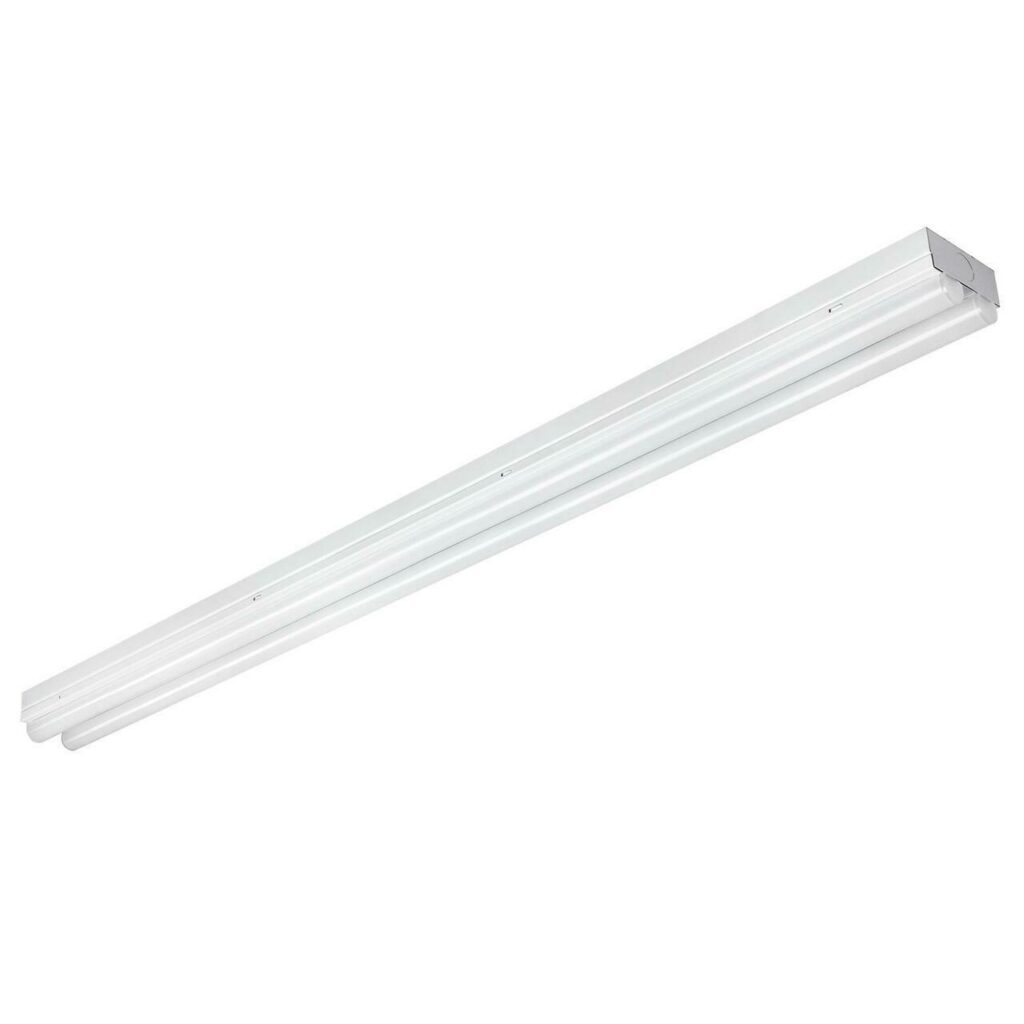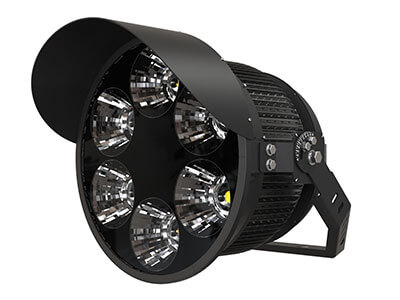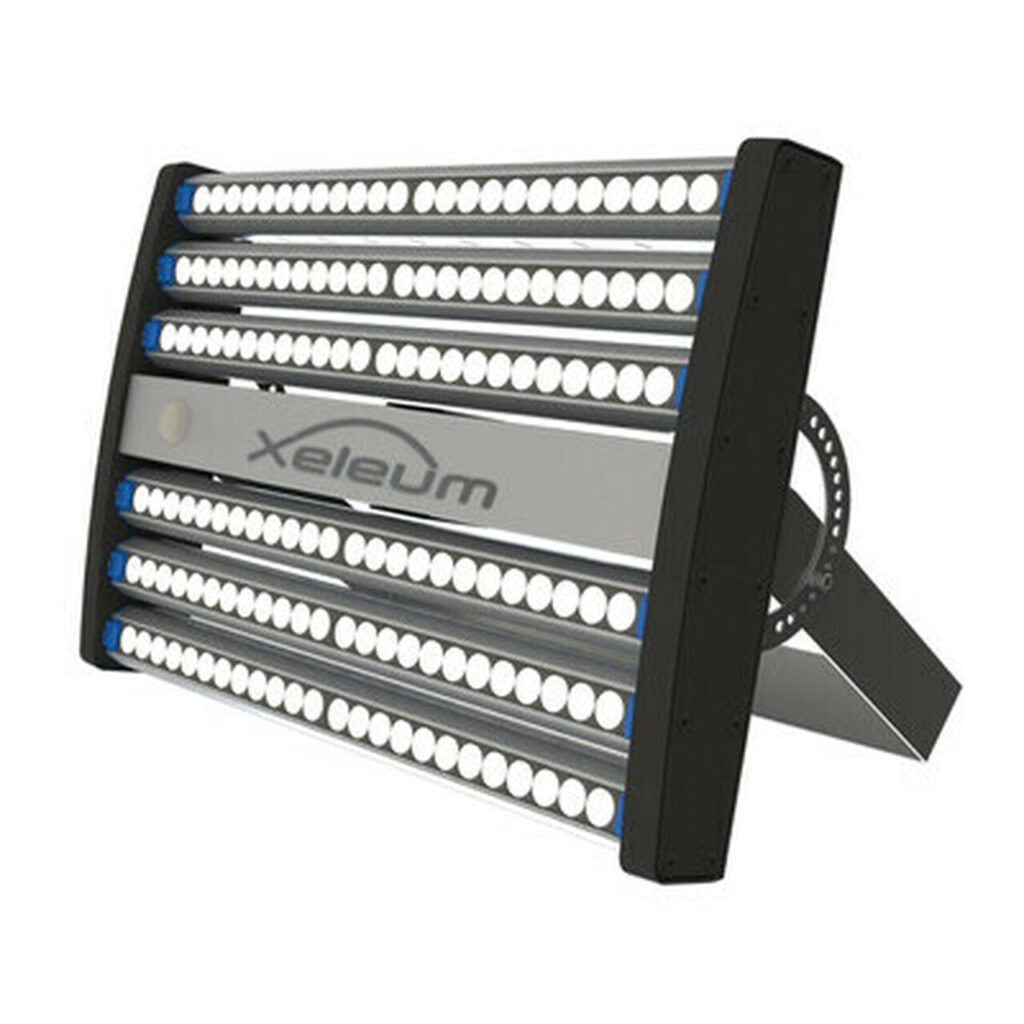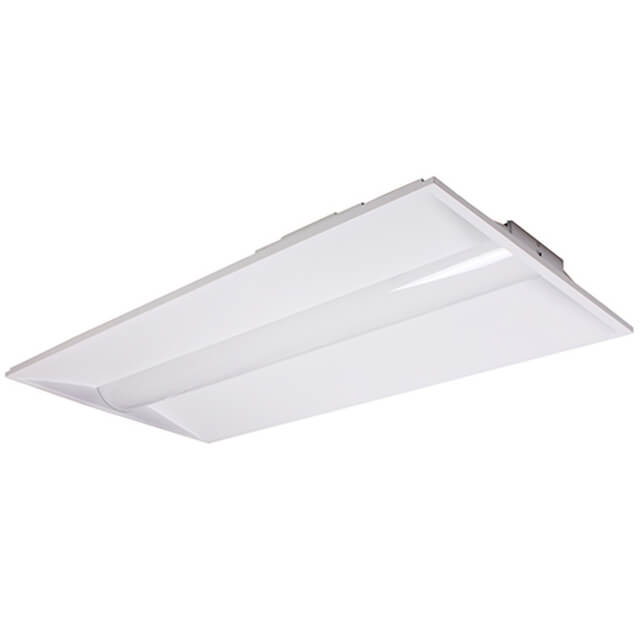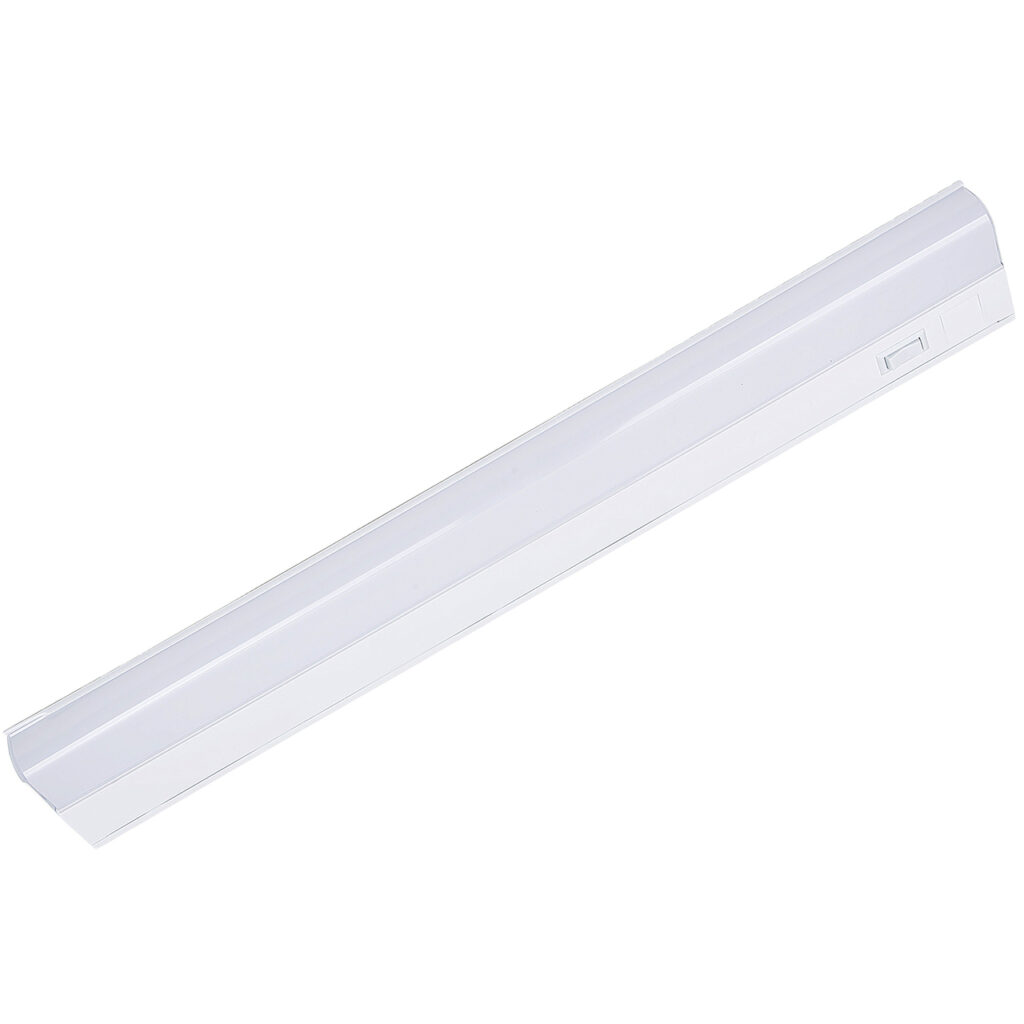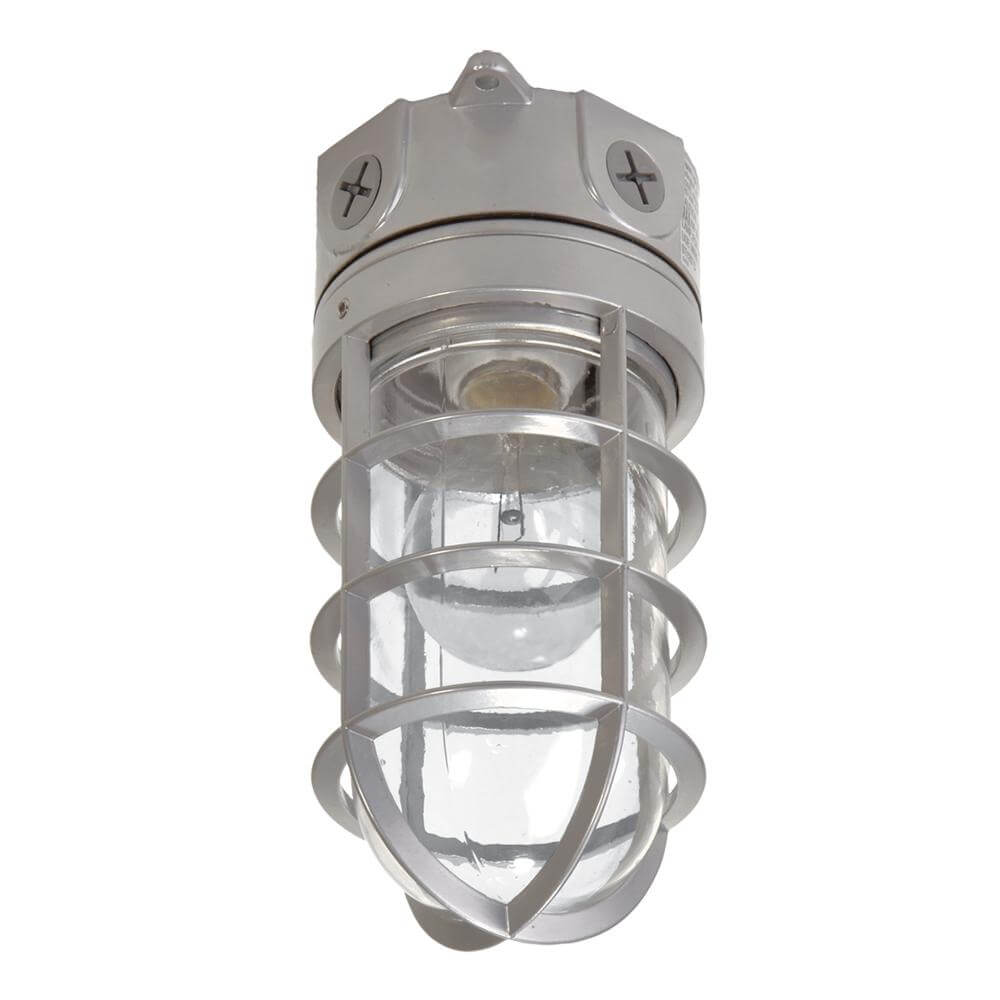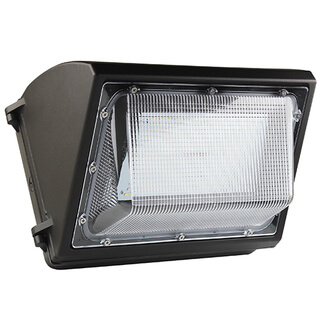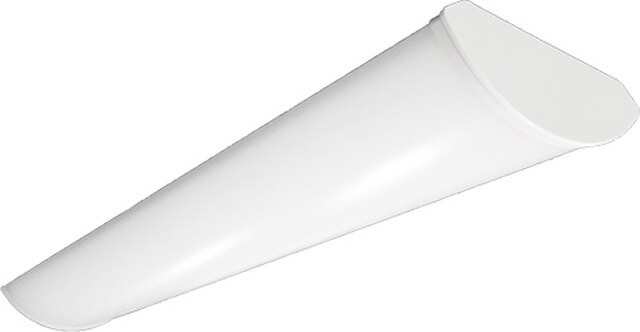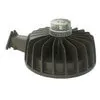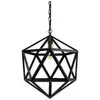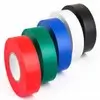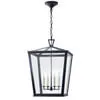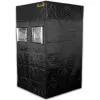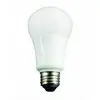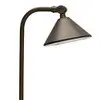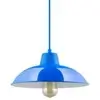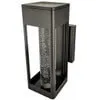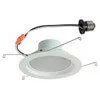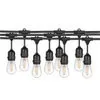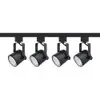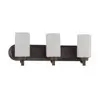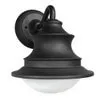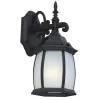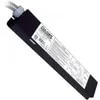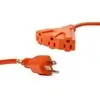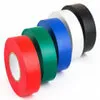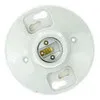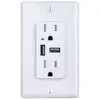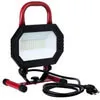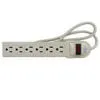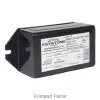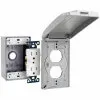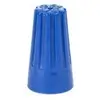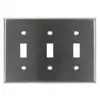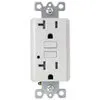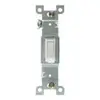Before the invention of the light bulb, people resorted to using candles and oil lanterns to create usable and portable illumination. If you didn’t have the financial resources for those options, you’d rely on the fireplace, the moon, or nothing at all.
That’s why light bulbs have been one of our most important inventions in the past two centuries. This technology helps us illuminate our homes, provide safe public lighting options, and create focused environments in commercial and industrial light settings.
When looking at incandescent technology, the intensity of the light bulb was measured in wattage. You knew that a 150W bulb would be more potent than a 40W alternative.
Although you can still see wattage information, it’s more important to look at the Kelvin number and the overall lumens to understand the brightness and color temperature of the light bulbs you’re buying.
When comparing soft white vs. bright white vs. daylight bulbs, that’s the first separation point. Outside of the color temperature, you’ll also want to look at contrast, environmental comparisons, overall brightness, and energy-saving features.
What Is Color Temperature?
Color temperature is the terminology and measurement used to describe how light appears when generated from a bulb. It’s measured in Kelvin, using a scale that ranges from 1000 to 10000.
Most color temperatures for LED lighting in the soft white vs. bright white vs. daylight debate fall in a range between 2000K to 6500K. Some options might be slightly lower or higher.
When you know what the Kelvin rating is for an LED bulb, you’ll have an idea of what the look and feel will be once the product produces light in your room.
There isn’t a right or wrong answer when considering the appropriate color temperature that you want for a room at home or commercial property.
Here’s a brief overview to consider when looking at these three options:
| Kelvin Color Temp | 2700K | 3000K | 5000K |
| Lighting Appearance | Warm White | Bright White | Daylight |
| Room Ambience | Inviting and Cozy | Warm and Welcoming | Energetic and Invigorating |
| Best Rooms | Kitchen, Bedroom, and Living Room | Entryway, Outdoor Areas, and Bathrooms | Garages, Basement, Workshop Areas |
| Best Fixtures | Floor Lamps, Table Lamps, Chandeliers, and Pendants | Overhead Lighting, Vanities, and Accent Lamps | Security Lighting, Task Lighting, and Shop Lighting |
The color tones at the lower end of the scale tend to produce light that has yellow and orange overtones to it. That’s why the temperature is often called “warm.”
As the color gets whiter and brighter, it becomes “cooler” because more of the blue spectrum gets included with the visible spectrum. You create more neutral tones that can feel energetic, especially when they’re turned on during the early morning or late evening hours.
Once you get above 4500K, you’re getting into the daylight color temperature spectrum. These LED lights provide a blue-white tone that mimics natural daylight.
Facts About Lighting You Need to Know
The light bulb type selected for a room directly impacts its atmosphere. When you combine the proper light fixtures and bulbs to create illumination, you’ll receive helpful and flattering results.
Before selecting the color temperature and tone you prefer, it helps to know a little bit more about the science of interior lighting.
- Lumens. This measurement refers to the amount of light that comes from the bulb. A higher number equates to a brighter experience. A standard 100W bulb produces approximately 1,600 lumens.
- Watts. The energy a light bulb uses is measured in this way. When you have less wattage associated with a product, it’ll use less electricity. LEDs have a lower rating than incandescent bulbs while providing the same overall light output.
- Color. Soft white bulbs are in the yellowish range because of the Kelvin rating. Bright White is between the white and blue color spectrum, while daylight is at the top of the chart.
In the United States, legislation was passed in 2007 that requires all light bulbs to use 25% less energy. That law caused the phaseout of CFLs and standard incandescent products from the marketplace.
If you’re still using the older bulbs, the following chart can help you find an appropriate product that still meets your lighting needs.
| LED Light Bulbs | Halogen Light Bulbs | CFL Light Bulbs | Incandescents |
| 14 to 16 watts | 72 watts | 23 watts | 100 watts |
| 12 to 13 watts | 53 watts | 20 watts | 75 watts |
| 8 to 9 watts | 43 watts | 15 watts | 60 watts |
As you can see, LED lights provide significant energy savings compared to incandescent bulbs. You can even save up to 50% of the energy from CFLs without needing to worry about their composition.
If you’re unsure of what light bulb to choose, the package label provides all the information you need to know. They’re now required by the Federal Trade Commission, and they offer the following facts.
- Brightness. The label tells you how many lumens to expect. Most residential bulbs will say that they offer 1,500 lumens.
- Estimated Yearly Energy Cost. This figure is based on your use of this light bulb for three hours per day at $0.11 per kilowatt-hour. Your actual expense depends on the local rates and your usage habits.
- Lifespan. You’ll see how long the light bulb can last if you use the product for three hours per day.
- Light Appearance. A chart with an arrow between “warm” and “cool” extremes is on the label to ensure you know what temperature level is available once the bulb is illuminated.
- Energy Used. This figure tells you how many watts are used, which allows you to compare it with the other light bulb styles in the above chart.
When you compare the life and lumens of different light bulbs with the same wattage, it’s possible to choose the product that offers the best combination of usage length and output for your needs.
Lighting Innovations Available Today
If you like to keep up with the latest technologies and top lighting brands, several new lighting features are currently available with today’s bulbs. Three primary options are now available if you want to upgrade your living room, kitchen, or another space in your home.
- Smartphone Compatibility. If you want to turn your lights on before you get home, this feature allows you to control illumination through a companion app. You can even use it as a remote control so that you can dim the lights while watching a movie or a favorite TV show. Some products even let you schedule when to turn them on or off.
- Music. Some LED light bulbs come with a Bluetooth® speaker today. This feature allows you to stream your playlists wirelessly with a compatible system. Some models offer color-changing tech that syncs with the rhythm to create a unique mood.
- Voice Recognition. Some brands have created light bulbs that turn on and off by listening to vocal commands.
Best Color Contrast in the Living Room
Lighting is essential to any interior design scheme for a living room. When you choose soft white, bright white, or daylight for the primary background lighting, you can change the entire mood it offers.
Brighter light tends to make a living room feel more open, while softer tones often make it feel a bit smaller.
It’s essential to remember that the living room is a multi-functional space. You might need it for a home office during the day, an entertainment space in the evening, and even a bedroom at night.
Since the living room is one of the most-used places in a home, the lighting solutions you choose should focus on several different elements.
Before choosing the light bulb temperature and tone, think about the physical aspects of the living room. What is its size? What are the crucial elements of this space that you want to highlight?
If the living room faces to the north, it’ll appear dark. When it looks toward the south, more brightness will be present – even in the winter. Living rooms to the east catch the morning sun, while those to the west get the sunset and more light in the evening. Once you know what to expect, you can use a combination of wall and ceiling lighting, balanced with task, floor, and table lamps, to get the light levels you want.
Most living rooms require a three-light fitting to deliver enough overhead illumination. You could add a 5-arm light fitting with your preferred temperature and color for some extra interest. If you have a high ceiling, a chandelier will work well in this space. Without that option, you’d want to look at flush lighting instead.
Another option for living room contrasts is to use a dimmable uplighted lamp. You can place the floor-based designs in any corner to bounce some light off the ceiling. You can create a soft, diffused look this way while still using daylight bulbs.
If you want task lighting in the living room, a bright white bulb is the best option for most settings. Ambient lights are often soft white, while daylight bulbs are nice to use in darker spaces where sunlight doesn’t enter often.
Table lamps play a critical role in your overall scheme. They’re a flexible way of adding another lighting layer while providing the benefit of going almost anywhere. You can use any of the temperature and color options with that lighting choice.
Best Color Contrast in the Kitchen
One of the biggest trends in modern kitchens is to create a two-tone environment. If you have the wrong LED lights for the kitchen, you’ll introduce a third hue into the interior design concept.
Contrast is the ingredient that makes a kitchen memorable. When you’re bold with your design to let opposites attract, you can have a positive impact on how you enjoy that space.
You have several ways to approach color contrasts in the modern kitchen.
- Pair black tile with white cabinets and counters.
- Use beige with red tones.
- Mix contemporary elements with something vintage.
- Match a natural item, like salvaged wood, with concrete.
Once you have the design elements selected for your kitchen, you’ll want to consider these tips to improve your lighting in this room with LED lights.
1. Layer the Lighting
You can’t achieve all the lighting you need for a kitchen with a single fixture. That’s why using LED lights to create layered lighting is helpful. Try to combine a direct overhead light with several smaller options placed in different areas to complete tasks. You might put one near a food prep station, another over the stove, and a third by the kitchen sink.
When you add layers with LED lighting, you’ll cut down on the glare that can develop in the kitchen. You can focus more on the textures – or the work you need to do.
2. Add Extra Ambiance
Ambient kitchen lighting creates more definition in the most critical areas of the kitchen. It works to fill in the illumination gaps that exist, especially when installing under-cabinet LED light strips.
3. Improve Task Lighting
Strip lights are an excellent choice for task lighting above a work surface. You want the fixture to be above your head, which is why cabinet lighting is ideal for this space. These options can turn on with the primary lights or be connected to a different circuit or switch.
4. Use Dimmers
Adding a light dimmer switch to the kitchen makes sense for some homes because it allows for brightness changes. You can add ambiance to a meal, extra brightness while cooking, or customize your working areas in other ways.
You can add separate kitchen lighting dimmers to customize your contrast and brightness for almost any unique situation.
5. Install Accent Lights
LED kitchen accent lights add more dimension to your space. If you have a cabinet that stores your dishes or decorative glassware, the right lighting temperature and color can help them shine. Puck lights, rope lights, and strip lights are all popular options to consider when using this option.
6. Wall Sconces
Adding a wall sconce to your kitchen lighting can showcase specific areas in the room. They help with ambient light for wherever you fall on the soft white vs. bright white vs. daylight LED debate. Low-voltage fixtures are an excellent investment that keeps your costs low while adding the extra contrast you want to see in that space.
7. Pendant Lighting
LED pendant lights create a dynamic visual statement in some kitchens. When you have a kitchen island, try hanging three identical features over that area to serve as a central focal point. Several different styles are available to try, ranging from vintage to modern, and almost any color temperature type works well. You just don’t want to mix different shades. If you use bright white for the central lighting, a soft white LED for task lighting might not provide appealing visual aesthetics.
You could also try a central kitchen lighting centerpiece, track lighting, open-shelf lighting, or recessed designs to create the outcomes you want. Before you get started, it might be necessary to have an electrician provide a thorough inspection of your kitchen to ensure your circuit can sustain the energy requirements for your ideas.
Direct Comparison of Soft White vs. Bright White vs. Daylight Lights
Updating your lighting at home makes sense. Deciding if you want soft white vs. bright white vs. daylight bulbs is a decision that only you can make.
Each person has preferences that they want for their home. Although soft white tends to be more relaxing, others prefer the natural daylight option because they like the crispness it provides for their modern interior design.
Here are some of the direct comparisons with these three temperature options to help you decide the one that makes the most sense.
| Soft White Bulbs | Bright White Bulbs | Daylight Bulbs |
| Depending on the Kelvin rating, these bulbs can appear orange or yellow, but with equal brightness. | Bright white bulbs have less of the blue spectrum while having equal brightness to the other temperatures. | You’ll see the most contrast with this color temperature. It appears brighter, but the lumens are typically the same. |
| Color temperature doesn’t reflect the wattage used. | Color temperature doesn’t reflect the wattage used. | Color temperature doesn’t reflect the wattage used. |
| It is easier to relax and fall asleep with this temperature because the body naturally produces more melatonin. | This color temperature is appropriate for most generalized settings, but might be inappropriate for the bedroom. | It is easier to stay awake and focused with this light bulb because the body produces more serotonin. |
| Various lumens ratings are available to determine brightness. The typical product available at retail stores offers 1,500 lumens. | Various lumens ratings are available to determine brightness. The typical product available at retail stores offers 1,500 lumens. | Various lumens ratings are available to determine brightness. The typical product available at retail stores offers 1,500 lumens. Some options for industrial spaces can be 10,000 lumens or more. |
| Works well for mood lighting, especially in places where someone doesn’t want to feel stimulated. | Mixes well with other options to create different task or accent lights throughout the home. | Works best in situations where task lighting or general illumination are necessary. |
| Choosing LED lighting with this color temperature ensures that you have the largest energy-saving investment available | The quality of the bulb depends on how much energy is saved. More expensive products typically deliver a better result. | High-powered daylight bulbs often consume more energy than indoor soft white products. |
| Several installation methods are available based on the fixture or bulb. | You’ll find some ready-made fixtures with this option that remove the need to replace bulbs. | The most direct-wired lighting options are available in this category. |
Here’s a comparison of Soft White, Bright White, and Daylight Lights in HTML format:
| Header | Soft White | Bright White | Daylight |
|---|---|---|---|
| Color Temperature (K) | 2700-3000 | 3500-4100 | 5000-6500 |
| Light Appearance | Warm, cozy | Cool, energetic | Bright, sunny |
| Common Usage | Living rooms, bedrooms | Kitchens, offices | Garages, workshops |
| Compatibility | Fits most standard light fixtures | Fits most standard light fixtures | Fits most standard light fixtures |
What Light Bulbs Are the Best for Me?
When you want to create a comfortable space, you can shop soft white vs. bright white vs. daylight light bulbs online to meet your needs here at Lighting and Supplies!
Although most designers recommend using soft white light for general ambiance, different tasks or rooms can benefit from having bright white or daylight bulbs installed.
Bright white bulbs often work better in bathrooms or kitchens, especially when chrome fixtures are present.
If you need to do a lot of reading, daylight bulbs are an excellent choice.
For everything else, soft white does an excellent job of highlighting darker woods and tones without overwhelming the senses.
With that information, you can now choose the appropriate light bulbs for your circumstances!
Contact Lighting and Supples For Help!
Need Help a Quote on lighting? Call us Today at: (888) 325-4448. You can also email us at [email protected] or Shop Online at Lightingandsupplies.com!
We would love to offer assistance and answer any questions regarding all your lighting needs!













